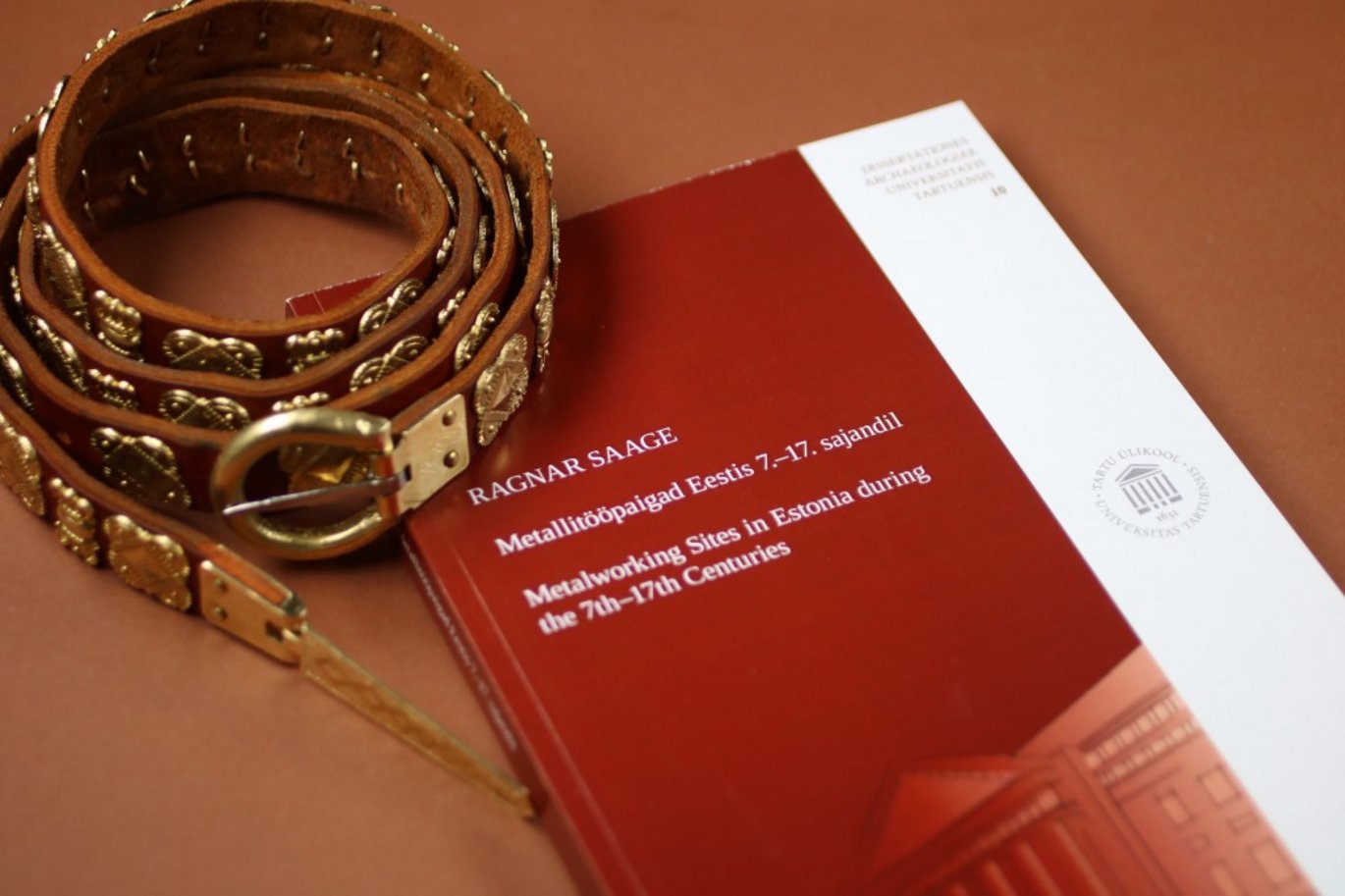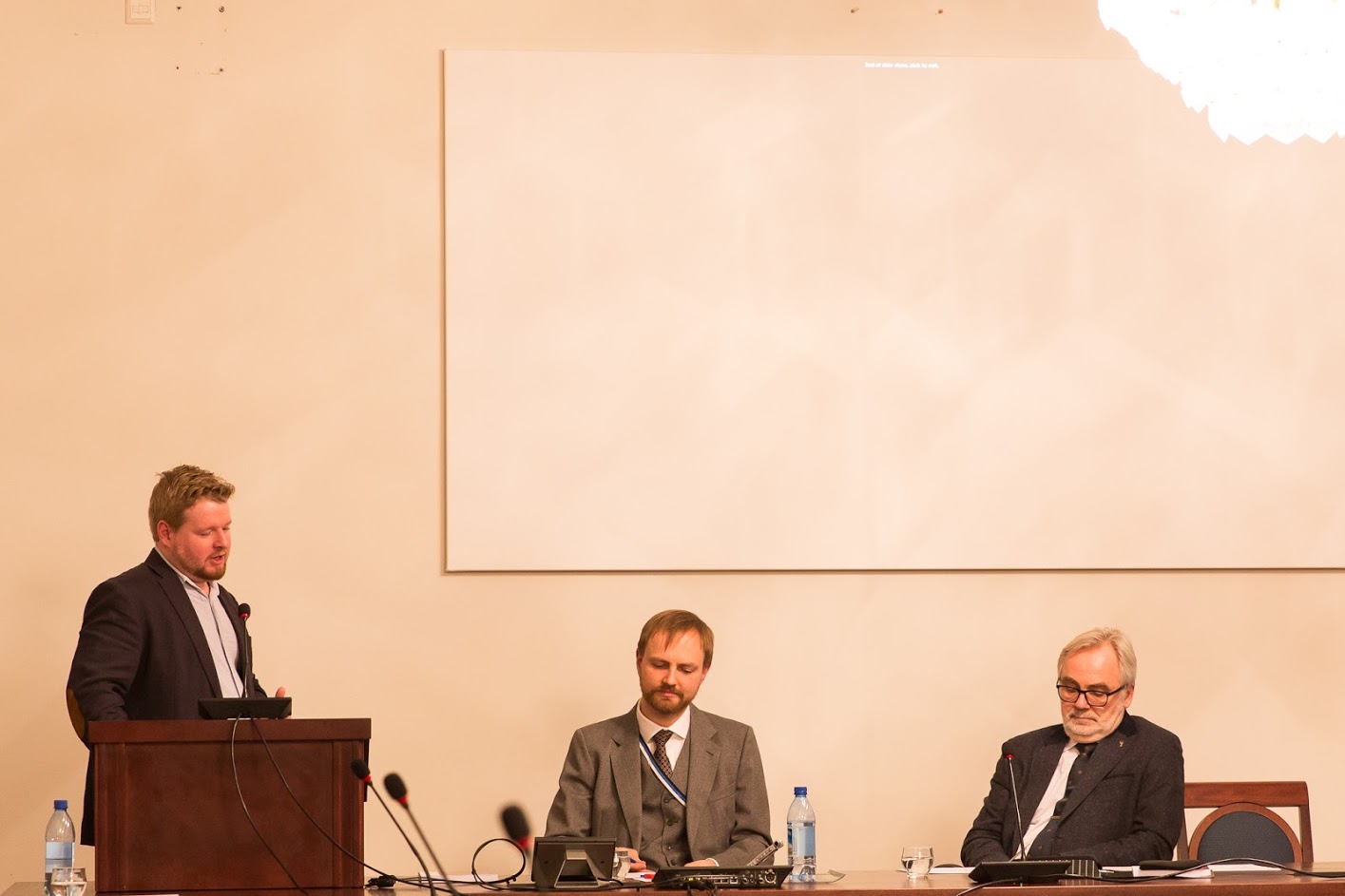The urban melting pot of tradition and innovation
On 11 March, former Assistant professor Thomas Birch acted as opponent for Ragnar Saage’s PhD defence (successfully awarded) at Tartu University in Estonia. What he discovered was that urban metallurgy can play an important and dynamic role in the development of communities, technologies and towns, as aptly demonstrated for the founding of Tallinn and Tartu in Estonia.



By Dr. Ragnar Saage (Tartu University) and former Assistant professor Thomas Birch
Urbanisation was anything but a gradual process in the Eastern Baltic. The Northern Crusades in the early 13th century incorporated the lands of nowadays Estonia and Latvia into catholic Europe. The new political entities – the Danish vassals in North Estonia, the four bishoprics and the Livonian branch of Teutonic order started to rule the land. Merchants and craftsmen settled into the freshly founded towns, which meant that the urban centres became a melting pot for different people and traditions. Towns were thriving centres of commerce, including the trade in metals and many specialised tools, like technical ceramics the craftsmen needed. Hence, the towns had a high impact on local crafts.
The technical ceramics, like crucibles and moulds, are a good artefact type to study, as once they were broken, they were discarded as rubbish. However, they preserve very well in the soil and also retain metal residues that reveal what metals and alloys were cast within them. Metal casting in the newly founded towns replaced production in the hillforts and strongholds after the early 13th century crusade.
Imported crucibles appear in 13th-century urban contexts, which indicates that some craftsmen arrived with their tools, and it is likely that crucibles with good refractory properties continued to be shipped in during the following centuries. The clays found in Estonia are not great for withstanding high temperatures, but local craftsmen had developed their own techniques to make the crucibles as heat-resistant as possible. These crucibles also made their way into the towns, which indicates the presence of workshops belonging to local metalworkers.
The rural craftsmen picked up many of the innovations the urban smiths brought, but continued to manufacture the artefact types the local Estonian peasantry demanded. This is well illustrated by the design of stone moulds that were used for casting tin ornaments. Small tin ornaments had been used for decorating clothes already in the 7th or 8th century CE. There was a tin casting “boom” in Europe in the 13th century, which landed on fertile soil in post-crusade Estonia. Several innovations that first appear in urban contexts, like using gas vents in the stone moulds or making more complex three-part moulds, were adopted by the rural craftsmen who continued these production techniques until the 19th century.
The metalworkers in the towns became increasingly specialised, forming crafts guilds to have strict regulations on what each guild can produce and sell. The rural craftsmen did not have such restrictions, and written sources illustrate several complaints the urban guild metalworkers had towards competition coming from the countryside. However, rural metalworkers needed to be more inventive, as they did not have easy access to the market with all of its opportunities. The 14th- to 17th- century site of Käku illustrates such creativity of rural smiths. A unique steel bar was found at the site that was forged from several scrap and broken pieces of knives and scythes, which were saved to be re-used for their steel content. In addition to forging iron and steel, the Käku smiths were also producing artefacts from bone, antler and copper alloys, displaying an overall multi-craft adeptness necessary to produce a wide range of artefacts.
Reading:
Saage, R. (2020). Metalworking Sites in Estonia during the 7th-17th Centuries. PhD Dissertation, Tartu University (consists of 5 published articles).
References:
Peets, J., Saage, R. and Maldre, L. (2013), 'The medieval and early modern smithy site of Käku. Excavations in 2006–2012', Arheoloogilised välitööd Eestis = Archeological fieldwork in Estonia 2012, 93–108.
Saage, R., Peets, J., Tiidu, E. and Maldre, L. (2015), 'New Research Results From the Smithy Site of Käku in 2013–2014', Arheoloogilised välitööd Eestis = Archeological fieldwork in Estonia 2014, 193–204.
